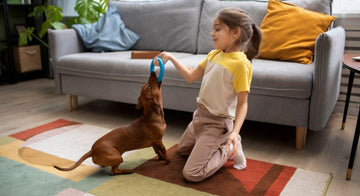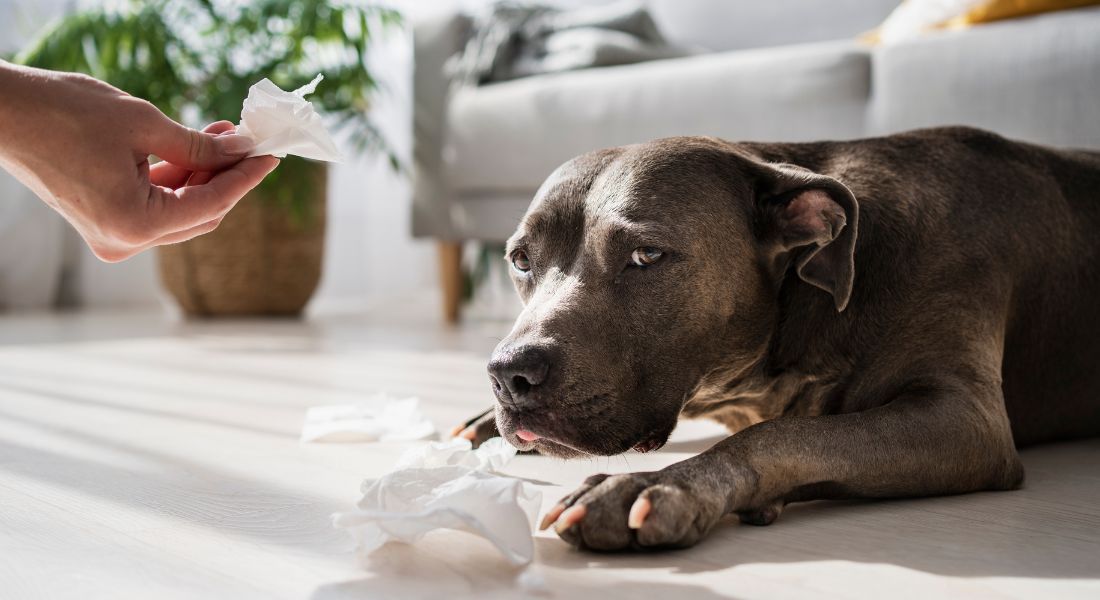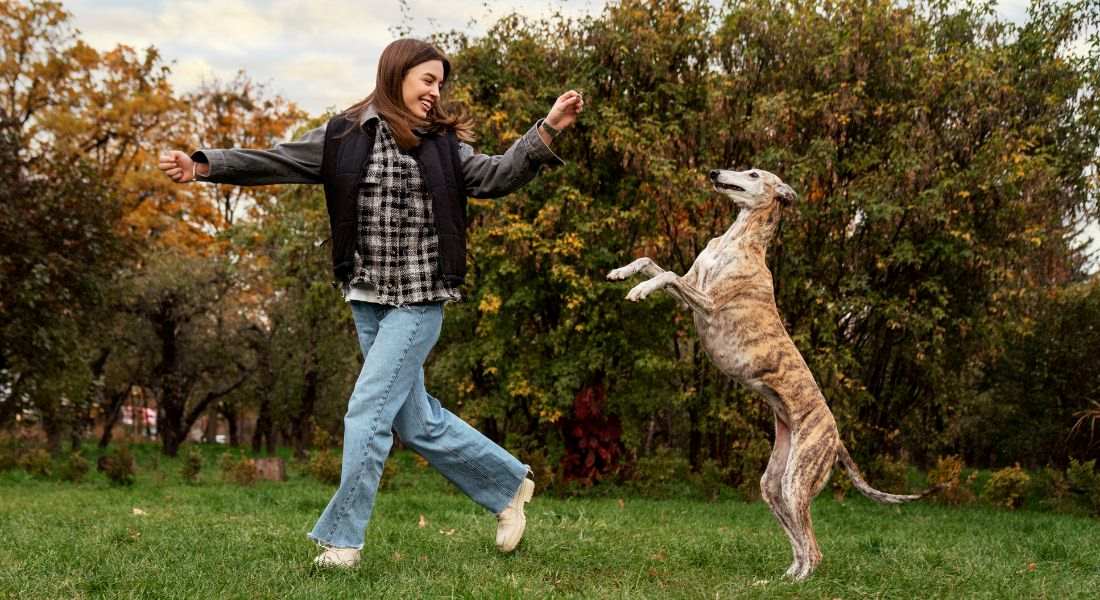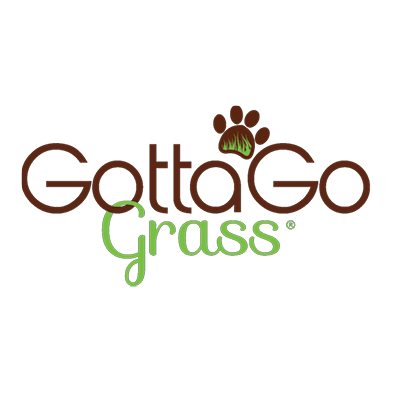
When dogs get excited, they display behaviors like wagging their tails, jumping, barking, and spinning in circles. Some dogs also tend to pee when overly excited, a usual response in young dogs. As a dog owner, dealing with this behavior can be messy.
In this article, Gotta Grass®, a leading provider of grass pee pads for dogs, discusses excitement urination, how it differs from submissive urination, and strategies to help your dog overcome it.
Here's Why Dogs Pee When Excited
Excitement urination is an instinctual physical response, more common in puppies and young dogs who may not yet have full bladder control. Some adult dogs may also exhibit this behavior, which occurs when they get overly excited, such as during playtime, when greeting you upon your return home, or when new guests or dogs visit.
Signs of Excited Peeing in Dogs
When a dog pees out of excitement, it will not necessarily squat or lift its leg as usual. Dogs may pee while walking, running, standing, or even jumping up and down. Your dog may display other excited behavior such as holding its tail higher than usual, wagging its body and tail side to side, holding its head up, whining, or barking, particularly in high-energy or stimulating situations such as:
- when greeting people or dogs
- during playtime or walks
- when receiving praise or attention

Excitement Urination vs. Submissive Urination: What's the Difference?
Puppies and younger dogs simply often lack full control of their bladders, making it challenging for them to hold it when they go overboard. While most dogs will outgrow this behavior as they mature physically and emotionally, gradual desensitization to triggers and positive reinforcement can help train your dog out of peeing when excited.
Addressing inappropriate urination in dogs starts by identifying the trigger and the specific type of problem you are dealing with. Some dogs may also exhibit submissive urination, which happens when they are frightened or anxious. Additionally, an underlying health issue may also be contributing to their uncontrolled peeing.
Submissive Urination
Excited urination is characterized by involuntary urination in response to heightened emotions, while submissive urination occurs when your dog feels shy, anxious, or scared. It is equally common in female and male dogs and is often their way to acknowledge the dominance of a human or other dogs, such as recognizing you as their owner.
Submissive peeing is often accompanied by other signs of submissive behavior, such as avoiding direct eye contact, crouching, lying on their back to show their belly, tucking their tails, or licking or pawing at the more dominant dog.
Medical Cause
Inappropriate urination in dogs can also be caused by underlying medical issues that result in a weak bladder. Common medical issues include urinary tract infection (UTI) and bladder stones, which lead to increased urgency and excessive urination.
More serious issues like diabetes, kidney dysfunction, and neurological disorders can also increase the risks of inappropriate peeing. Older dogs, on the other hand, are at more risk of urinary incontinence, resulting in their inability to hold it when they have to pass urine.
In these cases, having an accessible indoor bathroom solution like Gotta Go Grass® can be beneficial. Our grass pads for dogs are made of fresh grass—naturally moisture and odor-absorbing. It allows you to maintain a sanitary environment while providing a convenient solution for your dog. This option can be less stressful for both of you than taking them outside more often for bathroom breaks.

How to Address Excitement-Based Peeing in Dogs
Excitement urination and submissive urination, while distinct, can both lead to indoor accidents. These behaviors stem from different emotional states and motivations, so understanding their underlying causes is key to effective management.
If your dog is experiencing inappropriate urination, consulting your veterinarian is the initial step to rule out any medical issues. This is particularly helpful if the problem appears unrelated to excitement or submissive urination.
While dogs may grow out of their inappropriate peeing habit, it's not something they will lose overnight. Patience and understanding are key when training your puppy out of this behavior. Making temporary adjustments to your routine can help manage excitement peeing and prevent accidents.
Keep greetings calm: It doesn't mean you should completely ignore them. Instead, greet them with a calm and steady voice every time you come home. Avoid petting your dog until you have settled down.
Teach your dog to be calm: Exercises like waiting for a treat or not rushing out of the crate are great for teaching impulse control. Regular exercises, like walks or playtime, can also help burn off excess energy and promote relaxation.
Limit playtime outdoors: Keep playtime outside or in a dedicated area indoors to limit accidents due to overexcitement.
Provide mental stimulation: Providing dogs with a constructive outlet for their energy and excitement, such as puzzles, plush toys and treat tumblers, can help them stay calmer and more focused in stimulating situations, thus reducing excited urination behavior.
Use positive reinforcement: Avoid scolding or punishing your pup. Instead, praise or reward your dog immediately every time they pee in designated areas.
Focus on potty training: Sometimes, inappropriate urination can also stem from incomplete housetraining, which means the dog doesn't know when and where it's acceptable to pee. Revisiting potty training and maintaining consistency can indirectly reduce excitement urination.

Resolving Inappropriate Urination with Gotta Go Grass®
Encouraging your dog to empty its bladder before engaging in over stimulating activities can reduce excited urination. Taking them regularly to a designated area, such as an indoor grass pad, for potty breaks can help break the tendency to pee when excited and improve overall behavior.
This approach, along with positive reinforcement and consistency, can also help your dog build confidence, leading to a happier, healthier, and more confident dog.
Did you find this article helpful? Let us know by leaving a comment.




